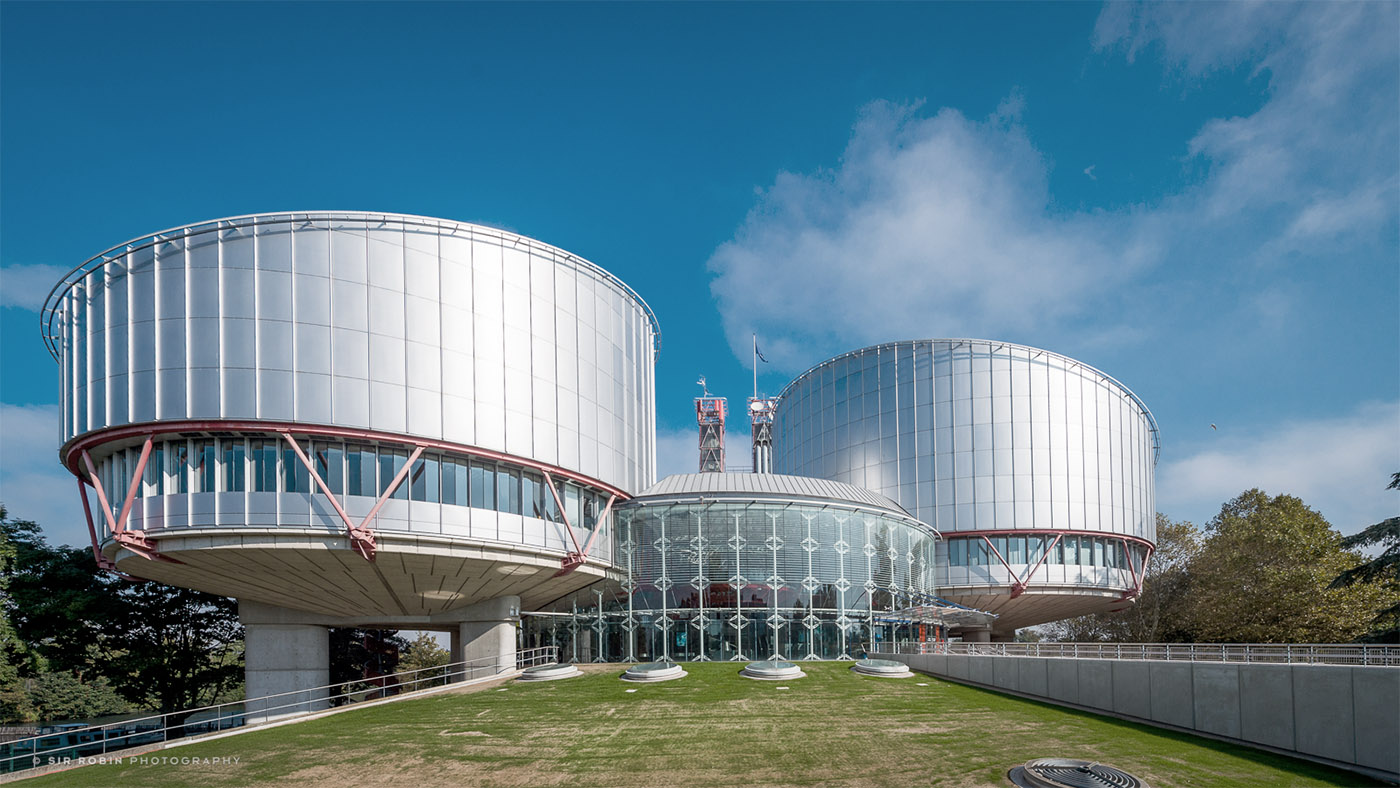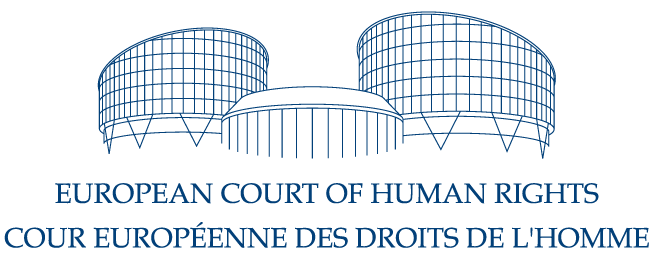In order to promote and protect their core values – human rights, democracy and the rule of law – the Council of Europe member States drew up an international treaty: The European Convention on Human Rights (ECHR).
 They then made sure that any violation of the demands specified in the European Convention of Human Rights (ECHR) could be brought before a court by creating a unique instrument: The European Court of Human Rights (ECtHR).
They then made sure that any violation of the demands specified in the European Convention of Human Rights (ECHR) could be brought before a court by creating a unique instrument: The European Court of Human Rights (ECtHR).
The Court was established in 1959. It handles complaints regarding human rights violations, lodged by individuals or groups of individuals against a member state as well as complaints made by a member state against another member state.
The Purpose of the Court
Contrary to popular belief the European Court of Human Rights (ECtHR) is not a pan-European supreme court, but a specialised legal institution: Based on the European Convention on Human Rights (ECHR), the Court determines whether a state has violated the human rights of an applicant – be it through the exercise of state authority in general, within the framework of court proceedings or by a court decision.
 Every human being within the jurisdiction of a Council of Europe member state – even citizens of non-European countries – who considers her or his human rights violated by the state is free to lodge a complaint, after having exhausted all national remedies. Moreover, it is entirely irrelevant, whether the person, who lodges a complaint, is a respectable citizen or a lawfully convicted criminal, because the rights and freedoms specified in the European Convention on Human Rights (ECHR) are guaranteed to all human beings alike.
Every human being within the jurisdiction of a Council of Europe member state – even citizens of non-European countries – who considers her or his human rights violated by the state is free to lodge a complaint, after having exhausted all national remedies. Moreover, it is entirely irrelevant, whether the person, who lodges a complaint, is a respectable citizen or a lawfully convicted criminal, because the rights and freedoms specified in the European Convention on Human Rights (ECHR) are guaranteed to all human beings alike.
The Judges
 Every member state has the right to send one judge to the Court. Every judge is elected by the Parliamentary Assembly of the Council of Europe from a list of three candidates for a nonrecurring nine-year term of office. The judges represent not the interests of their countries of origin, but those of the European Court of Human Rights (ECtHR).
Every member state has the right to send one judge to the Court. Every judge is elected by the Parliamentary Assembly of the Council of Europe from a list of three candidates for a nonrecurring nine-year term of office. The judges represent not the interests of their countries of origin, but those of the European Court of Human Rights (ECtHR).
The Court’s hearings take place within the framework of either the Small Chamber with 7 judges or the Grand Chamber with 17 judges.
The judgments of the Court
If the Court has found a member state guilty of violating the human rights as defined in the European Convention on Human Rights (ECHR), the offending state hast to:
- pay material damages to the applicant in accordance with the Court’s orders
- eliminate the ramifications of the violation
- take the necessary steps to insure that the same kind of violation can’t be repeated in the future
- publish the judgement in the relevant national legal journals
The judgments of the Court are made public. They are final and legally binding.
The execution of the judgments of the Court
The Committee of Ministers of the Council of Europe supervises the execution of the Court’s judgments. It assists the state in question in trying to find suitable measures in order to comply with the demands made by the Court. The obligation to eliminate the ramifications of the human rights violation as well as to prevent the violation from happening again in the future may lead to changes in the national legislation of the state in question.
Interim measures
Sometimes, only immediate action can prevent people from getting harmed seriously and irreversibly. Therefore, every person in a Council of Europe member state has the right to apply to the European Court of Human Rights for an interim measure. Most often, these requests concern the suspension of a pending expulsion or extradition, because, for specific reasons, the person concerned fears death, prison or torture upon arrival in the country of destination.
The Court examines each request carefully on an individual and priority basis, taking into consideration all available information. An interim measure is only issued where the Court concludes that the applicant faces a real risk if the measure is not applied, and time is of the essence. This is for example the case when a person is about to be deported to a country where their life is threatened. In 2023, 1’419 out of 2’634 requests were granted (54%).
Impact
Judgments delivered by the European Court of Human Rights have led to the improvement of people’s lives across Council of Europe member States. Here are some examples: European Court of Human Rights judgments
Short Overview
There’s plenty of information available on the European Court of Human Rights (ECtHR) as well as the European Convention on Human Rights (ECHR). Here’s a short overview of the most common facts & fiction.
The Court explained in 50 questions (PDF):
http://www.echr.coe.int/Documents/50Questions_ENG.pdf
Official Feature on the Court:
_
Photos © Europe’s Human Rights Watchdog; logo, courtroom and movie: © CoE
